In today's world of technology, security cameras and video doorbells have become essential tools for home and business security. One of the most fascinating features of these modern devices is their ability to distinguish between people and animals. But how exactly does this distinction work? Let's take a look.
How does person recognition work?
Person detection is a subfield of computer vision that aims to identify human figures in images and videos. This technology uses machine learning and artificial intelligence (AI) algorithms to detect and analyze patterns. Here are some of the key components that contribute to person detection:
-
Image processing : The camera takes a picture or video and converts it into digital data. This data consists of a large number of pixels, each of which has certain color and brightness values.
-
Feature detection : Algorithms search the image for specific features that are typical of humans, such as the shape of the head, shoulders, and limbs. These features are then compared to stored patterns to determine whether the detected object is a person.
-
Motion analysis : People move differently than animals. AI algorithms analyze the way objects move to distinguish between human movements (e.g. walking or running) and animal movements (e.g. crawling or jumping).
-
Deep Learning : Modern systems often use deep learning models trained on large datasets. These models can learn from the millions of examples to make more accurate predictions and minimize false detections.
Differences between person and animal recognition
The distinction between people and animals is made through the combination of several factors:
- Size and shape : Humans typically have an upright posture and a certain size and proportion. Animals, on the other hand, often have a more horizontal posture and varying sizes and shapes.
- Movement patterns : As mentioned above, humans move differently than animals. These movement patterns are often a key factor in distinguishing them.
- Texture and color : Human skin and animal fur reflect light differently, which can be detected by the algorithms.
- Infrared signatures : Some cameras use infrared technology to analyze the heat emitted by objects. Humans and animals have different heat profiles that can be used to distinguish between them.
Applications in surveillance cameras and video doorbells
Thanks to advanced person detection technology, modern surveillance cameras and video doorbells can reliably distinguish between people and animals. This has several advantages:
- Reducing false alarms : A camera that can distinguish between a passing dog and a potential intruder reduces unnecessary alarms and increases the efficiency of the security system.
- Targeted notifications : Users can receive notifications when a person is detected while ignoring animal movements. This is especially useful for households with pets.
- Improved security : Accurate detection of people enables security forces to respond faster and more precisely, increasing overall safety.
Conclusion
The ability of security cameras and video doorbells to distinguish between people and animals is a striking example of the advances in computer vision and artificial intelligence. By combining image processing, motion analysis and deep learning, our devices offer improved security and usability. As technology continues to advance, we can expect the accuracy and reliability of these systems to increase even further.
While no technology is perfect, our modern surveillance cameras already offer impressive capabilities that help make our world safer and more efficient.

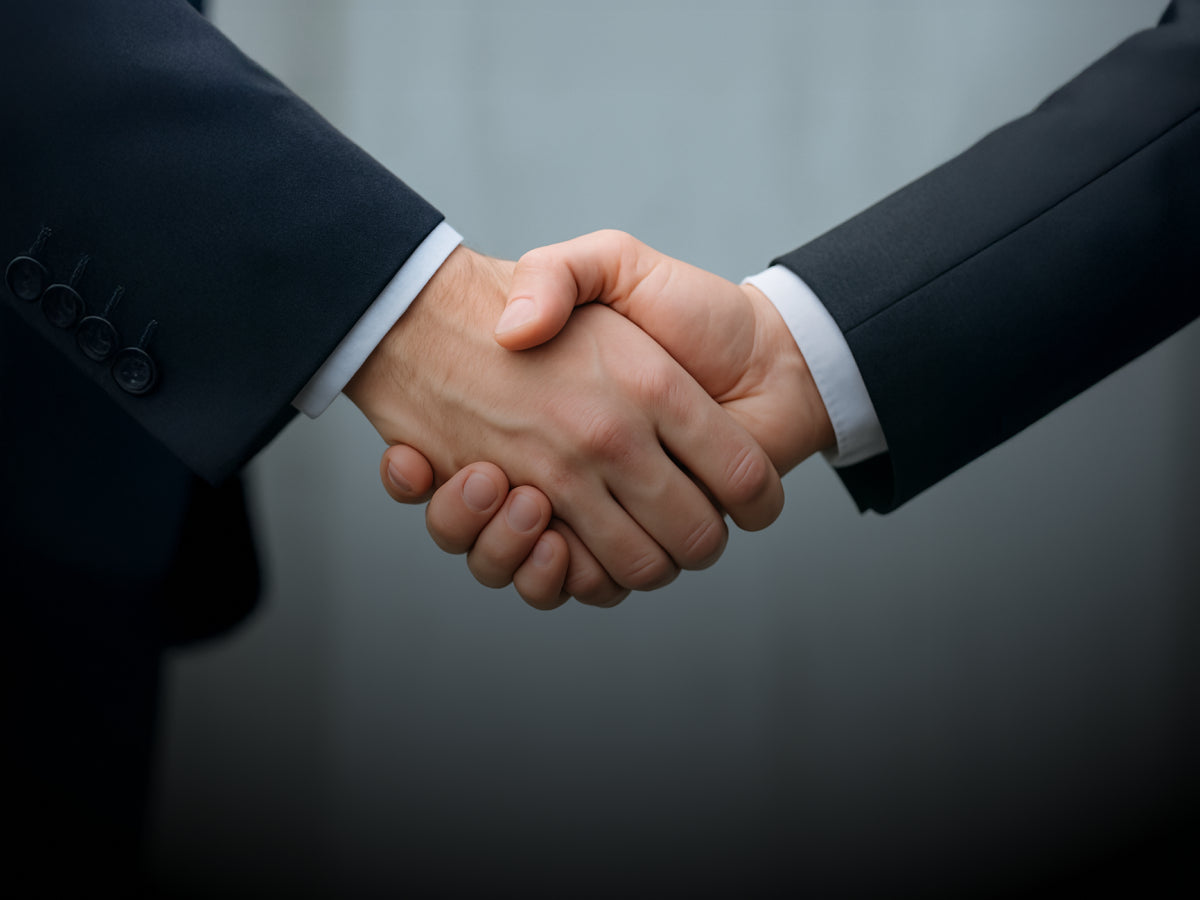

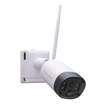
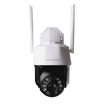
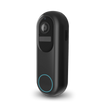
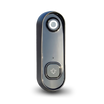
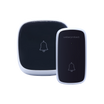

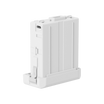
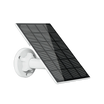
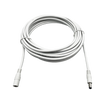
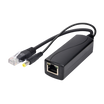
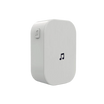
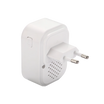
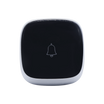


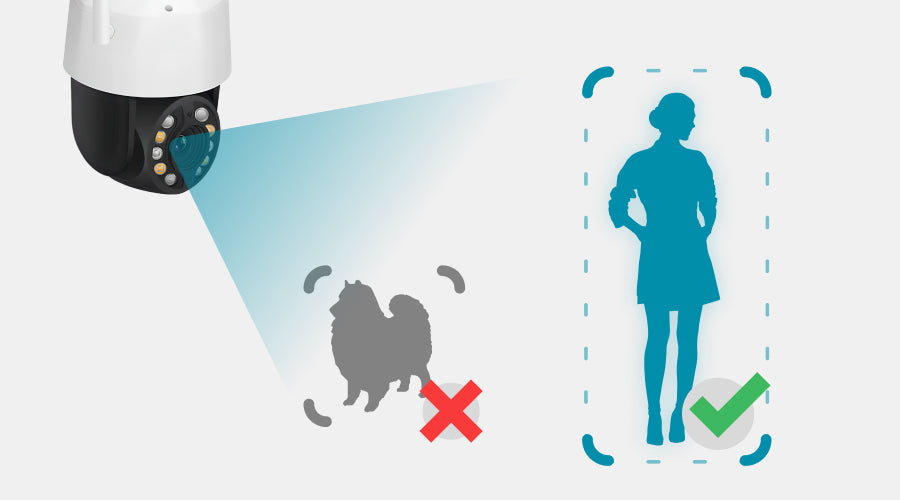

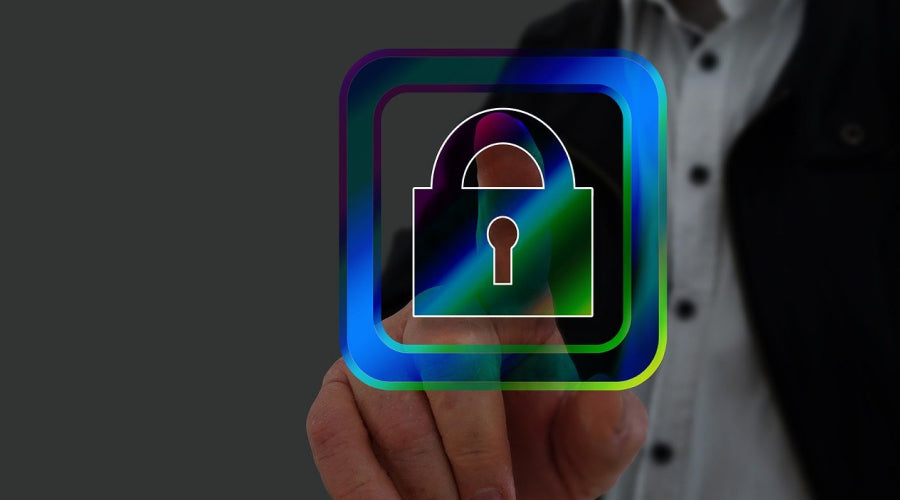
Leave a comment
This site is protected by hCaptcha and the hCaptcha Privacy Policy and Terms of Service apply.